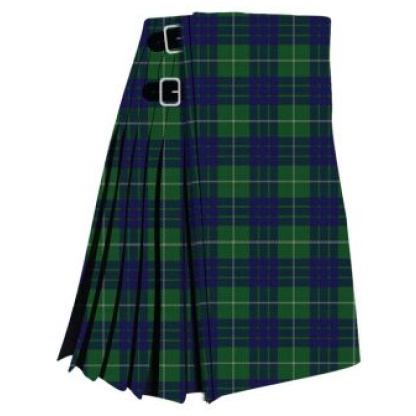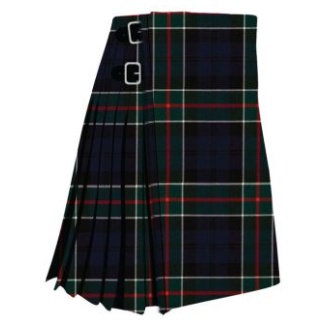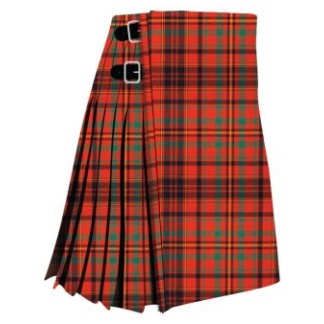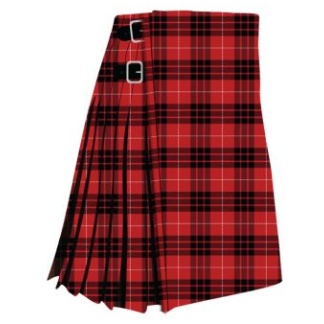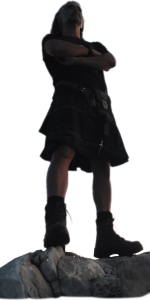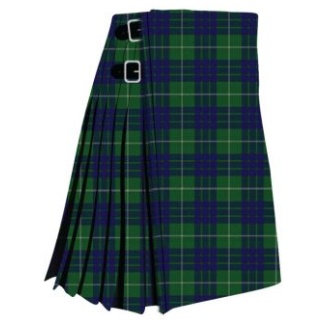Clan Hamilton Green Hunting Modern Tartan Kilt
$69.00
The Clan Hamilton Green Hunting Modern Tartan Kilt is a traditional Scottish garment associated with the Clan Hamilton. The Hamiltons are a Scottish noble family with a rich history that dates back many centuries. The tartan design, as well as the kilt, is a significant symbol of Scottish heritage and clan identity.
Here’s a brief overview of the history of the Clan Hamilton and their tartan kilt:
- Clan Hamilton: The Clan Hamilton is of Norman origin and has been a prominent Scottish family for centuries. They are closely associated with the town of Hamilton in South Lanarkshire, Scotland. Over the years, the Hamiltons have held various titles and played important roles in Scottish history, including the title of Duke of Hamilton, one of the highest peerage titles in Scotland.
- Tartan: Tartans have a long history in Scotland and are traditionally associated with specific clans or families. The Clan Hamilton Green Hunting Modern Tartan, like many other tartans, features a specific combination of colors and patterns that are associated with the clan. The “Green Hunting Modern” variation of the tartan typically includes shades of green, black, and white, and it may also incorporate other colors.
- Kilt: The kilt is a traditional Scottish garment that has been worn for centuries. It consists of a pleated skirt, usually made from tartan fabric. The design and colors of the kilt often match the clan’s specific tartan, allowing individuals to display their clan or family identity through their attire.
- Modern Usage: The Clan Hamilton Green Hunting Modern Tartan Kilt is worn by members and supporters of the Clan Hamilton as a symbol of their heritage and affiliation. It is also worn on special occasions, such as clan gatherings, Scottish festivals, and formal events. In addition to kilts, tartan patterns associated with clans are used in a variety of other items, including scarves, ties, and accessories.
The history of the Clan Hamilton and its associated tartan kilt reflects the rich tapestry of Scottish culture and the importance of family and clan identity in the country’s history. Today, many people of Scottish descent, as well as those with an interest in Scottish culture, proudly wear tartan kilts as a way to connect with their heritage and celebrate the traditions of Scotland.
